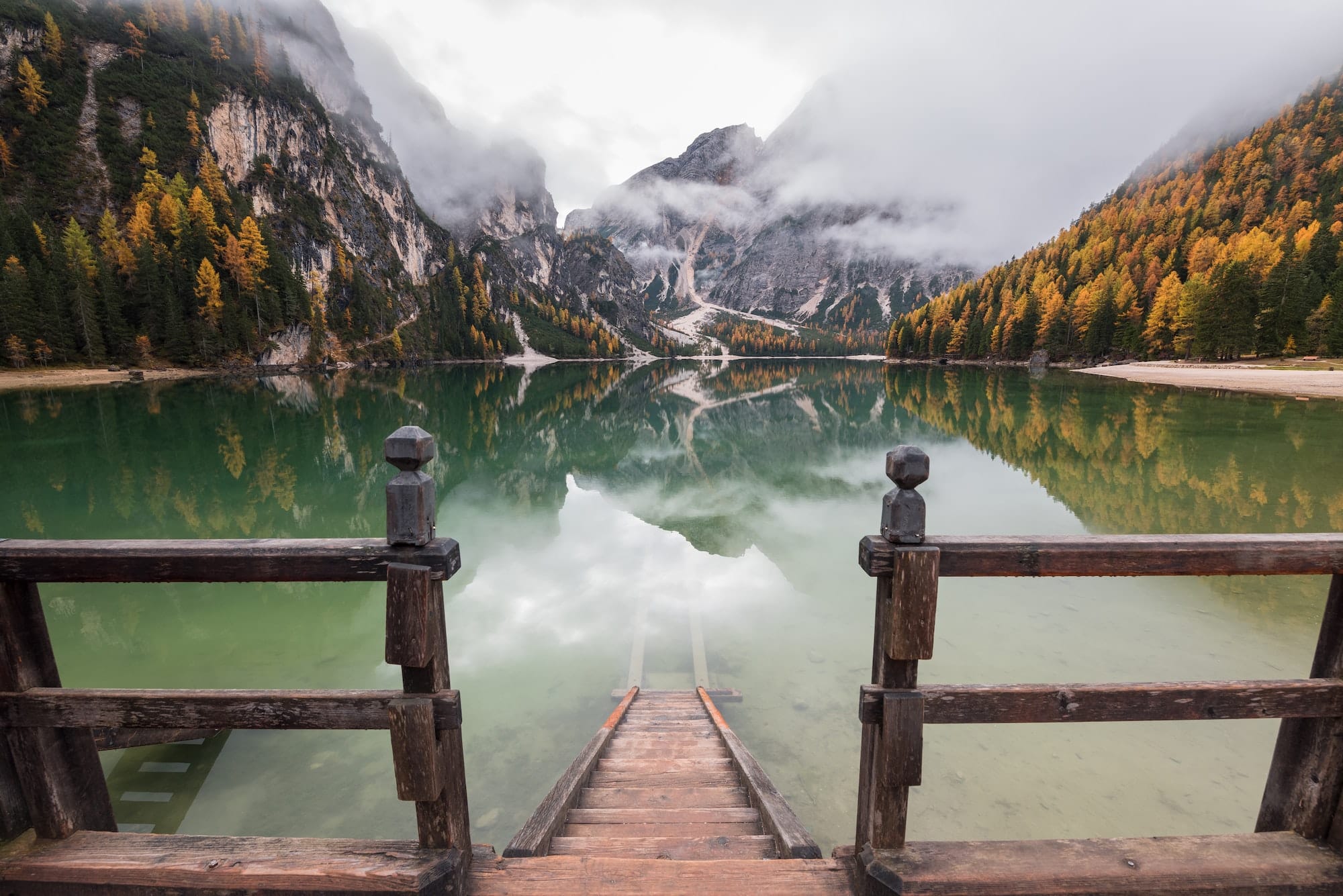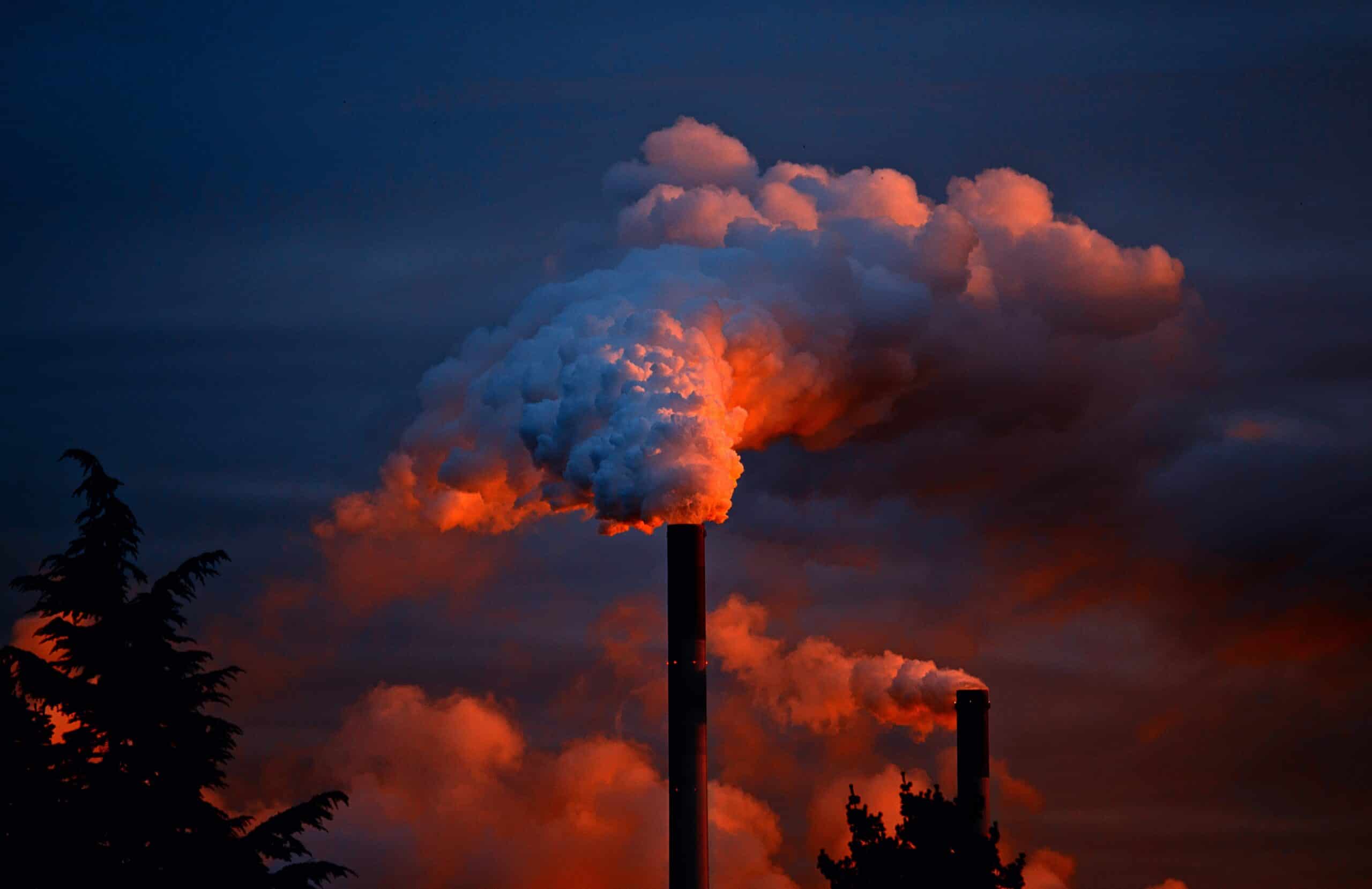Glaciers around the world have drastically decreased over the past 50 years due to climate change caused by human activities. The primary cause of this decline is the warming of the planet, which is caused by the increase in greenhouse gases in the atmosphere, primarily carbon dioxide.
As the planet warms, glaciers are melting at an accelerated rate. This is because as temperatures increase, more heat is absorbed by the ice, causing it to melt. Additionally, as the planet warms, there is more water vapor in the atmosphere, which leads to more precipitation falling as rain, rather than snow. This means that less snow is accumulating on glaciers, and more are melting, leading to a decline in the size of glaciers.
Another factor that contributes to the decline of glaciers is the Albedo Effect. The Albedo Effect is the amount of solar radiation that is reflected back into space by a surface. Snow and ice have a high albedo, which means that they reflect a large amount of solar radiation back into space. As glaciers melt, they expose darker surfaces, such as rock and soil, which have a lower albedo. This means that they absorb more solar radiation, which further contributes to the warming of the planet and the melting of glaciers.
Glaciers are considered a sensitive indicator of climate change, as they respond quickly to changes in temperature. The retreat of glaciers is having impacts on freshwater resources, sea level rise, and changes in regional climate.
The melting of the great North American ice sheet, also known as the Laurentide Ice Sheet, was a significant contributor to sea level rise during the last deglaciation, which occurred between 20,000 and 10,000 years ago. This ice sheet covered much of Canada and parts of the northern United States, and was one of the largest ice sheets in the world during the last ice age.
During the last deglaciation, the Laurentide Ice Sheet began to melt due to warming temperatures caused by changes in the Earth’s orbit. As the ice sheet melted, large amounts of water were released into the ocean, causing sea levels to rise by up to 4 meters (13 feet) over a period of several thousand years. This sea level rise was a significant contributor to the overall sea level rise that occurred during the last deglaciation.
It is worth noting that the Laurentide Ice Sheet was the largest ice sheet covering the North America, therefore it’s melting caused a significant impact on the sea level rise. The melting of this ice sheet also caused other changes in the environment, such as changes in the flow of rivers and the formation of the Great Lakes.
It is also important to note that the melting of the Laurentide Ice Sheet occurred relatively recently in Earth’s history, and it serves as an example of how quickly ice sheets can respond to changes in climate. This is important to consider when thinking about the current warming trend and the potential loss of ice in Antarctica and Greenland today, which could lead to even more dramatic sea level rise in the future.
Overall, the drastic decrease in glaciers globally over the past 50 years is a clear indication that the planet is warming, and it is the direct result of human activities. It is a warning sign of the urgent need to reduce greenhouse gas emissions in order to mitigate the impacts of climate change.
The sea level has undergone significant changes over the past 100 million years. These changes are driven by a variety of factors, including tectonic activity, changes in the Earth’s orbit, and variations in the amount of ice on land.
Over the past 100 million years, the sea level has fluctuated between periods of high and low sea levels. During periods of high sea level, the oceans covered large areas of continental shelf, and during periods of low sea level, the continental shelves were exposed.
The sea level was relatively high during the Cretaceous period (about 145 to 66 million years ago) due to the melting of large ice sheets that had formed during the preceding period of global cooling. The sea level was also high during the early Eocene (about 55 to 49 million years ago), when the Earth’s climate was much warmer than it is today.
The sea level began to fall during the middle to late Eocene (about 34 to 23 million years ago) as the Earth’s climate cooled and ice sheets began to form on Antarctica. The sea level continued to fall during the Oligocene (about 23 to 5 million years ago) and the Miocene (about 5 to 23 million years ago) as the ice sheets on Antarctica grew and the northern hemisphere glaciers formed.
Ocean levels during the Miocene, which lasted from about 23 to 5 million years ago, were generally lower than they are today. The Miocene was a period of cooling and global cooling caused the formation of ice sheets on Antarctica, which led to a fall in sea level. The sea level fell by as much as 150-200 meters(492-656 ft) compared to the present day.
This fall in sea level during the Miocene exposed the continental shelves, which are typically submerged under water, and created land bridges that allowed for the movement of animals and plants between continents. For example, the Bering Land Bridge connected Asia and North America, allowing animals to migrate between the two continents.
It’s worth noting that the sea level change during the Miocene was not a steady decline, but rather it fluctuated with periods of sea level rise and fall. The causes of these fluctuations are not fully understood, but they may have been related to changes in ocean currents, changes in the amount of ice on land, and tectonic activity.
It’s also important to note that the sea level change of the Miocene is vastly different from the sea level change that we are currently experiencing, which is primarily driven by the warming of the planet and the resulting melting of ice sheets and glaciers. The sea level rise today poses a significant threat to coastal communities and infrastructure.
The sea level began to rise again during the Pliocene (about 5 to 2.5 million years ago) as the northern hemisphere glaciers began to melt. The sea level has continued to rise during the Pleistocene (about 2.5 million years ago to present) as the northern hemisphere glaciers have continued to melt and the ice sheets on Greenland and Antarctica have also begun to shrink.
Ocean levels at the beginning of the Pleistocene, which began about 2.5 million years ago, were generally lower than they are today. The Pleistocene was characterized by a series of glacial cycles, with ice ages occurring every 100,000 to 150,000 years. During the glacial periods, massive ice sheets formed on the northern hemisphere and the sea level dropped by as much as 120-130 meters (393-426 ft) compared to the present day.
This fall in sea level during the Pleistocene exposed the continental shelves, which are typically submerged under water, and created land bridges that allowed for the movement of animals and plants between continents. For example, the Bering land bridge connected Asia and North America, allowing animals to migrate between the two continents.
It’s worth noting that sea level changes during the Pleistocene were not steady, but rather fluctuated with periods of sea level rise and fall. The causes of these fluctuations are not fully understood, but they may have been related to changes in ocean currents, changes in the amount of ice on land, and tectonic activity.
The last time ocean levels were higher than they are today was during the Holocene transgression, which began around 9,000 years ago. The Holocene transgression is the name given to the period of sea level rise that has occurred since the end of the last ice age. During this period, the sea level has risen by an average of 120-130 meters (393-426 ft) as a result of the melting of the northern hemisphere ice sheets, which caused the ocean to expand as it warmed.
This period of sea level rise has been relatively steady and slow, with sea level rising at an average rate of about 1-2 mm per year. However, it is worth noting that sea level changes in the past, including the Holocene transgression, were not steady, but rather fluctuated with periods of sea level rise and fall.
It’s also important to note that the sea level change of the Pleistocene is vastly different from the sea level change that we are currently experiencing, which is primarily driven by the warming of the planet and the resulting melting of ice sheets and glaciers. The sea level rise today poses a significant threat to coastal communities and infrastructure.
It’s important to note that the sea level change is a complex process influenced by a variety of factors, including changes in ocean currents, temperature, and the amount of ice on land. The sea level change is also not a linear process and it has been fluctuated over time.
Why are glaciers and sea ice melting?
Strong action on climate change means preparing communities for impacts that are happening now . But it also means looking to the future, focused on reducing the heat-trapping gases in our atmosphere that will bring damaging consequences as our planet warms. The good news is that individuals can play a big part on both fronts with just a few simple changes.








